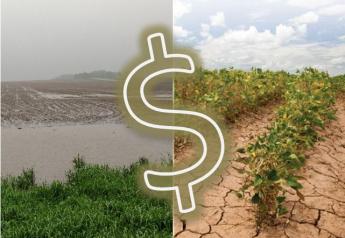Here’s Why Traders Weren’t Impressed with USDA’S December Crop Reports
AgDay 12/11/20 - USDA Report
While USDA didn’t make many changes to the U.S. crop balance sheet on Dec. 10, traders sold the market. As a result, commodity prices dropped.
Arlan Suderman of StoneX thinks the report revealed no surprises. But, he says, it does possibly set the stage a volatile January report.
“I think the trade was hyped up for a bullish report, and December is just too early to do that,” says Suderman. “What that bullish report would take was significant reductions in South American production. They could probably justify it, but USDA historically doesn't like to do it in December. It's an early part of their summer in South America. And you really need a change in South American production to justify the bigger export numbers right now.”
The trade is watching dryness in South America, driven by La Nina. USDA adjusted production estimates for both corn and soybeans Argentina slightly lower but left Brazilian crop expectations unchanged.
“USDA lowered Argentina production, and I thought that was very much in line with what I was thinking,” says Darren Frye president and CEO of Water Street Solutions and Water Street Advisory. “I think there's more cuts that come down there, especially if you see the weather forecast materialize.”
Frye says he was mostly surprised on USDA’s decision to not make adjustments to the corn crop in Brazil.
“First-crop corn has really been pared back, and I really expected them to come down from there 110 million metric ton mark, but they didn't move that, and they left the beans unchanged,” he says. “That's not surprising, just because with normal weather down there from here on out, they could still raise a pretty good bean crop. I think their corn numbers too high and we'll have some adjustments lower in the future.”
Related Stories:
Corn, Soybean Prices Retreat as USDA's Modest Cuts Disappoint







